
The primary use of music in Native American culture was to reinforce and accent the rhythmic aspects of dance. Instruments are primarily shakers, rattles, and drums made of readily available material.
| Apache War Chant |
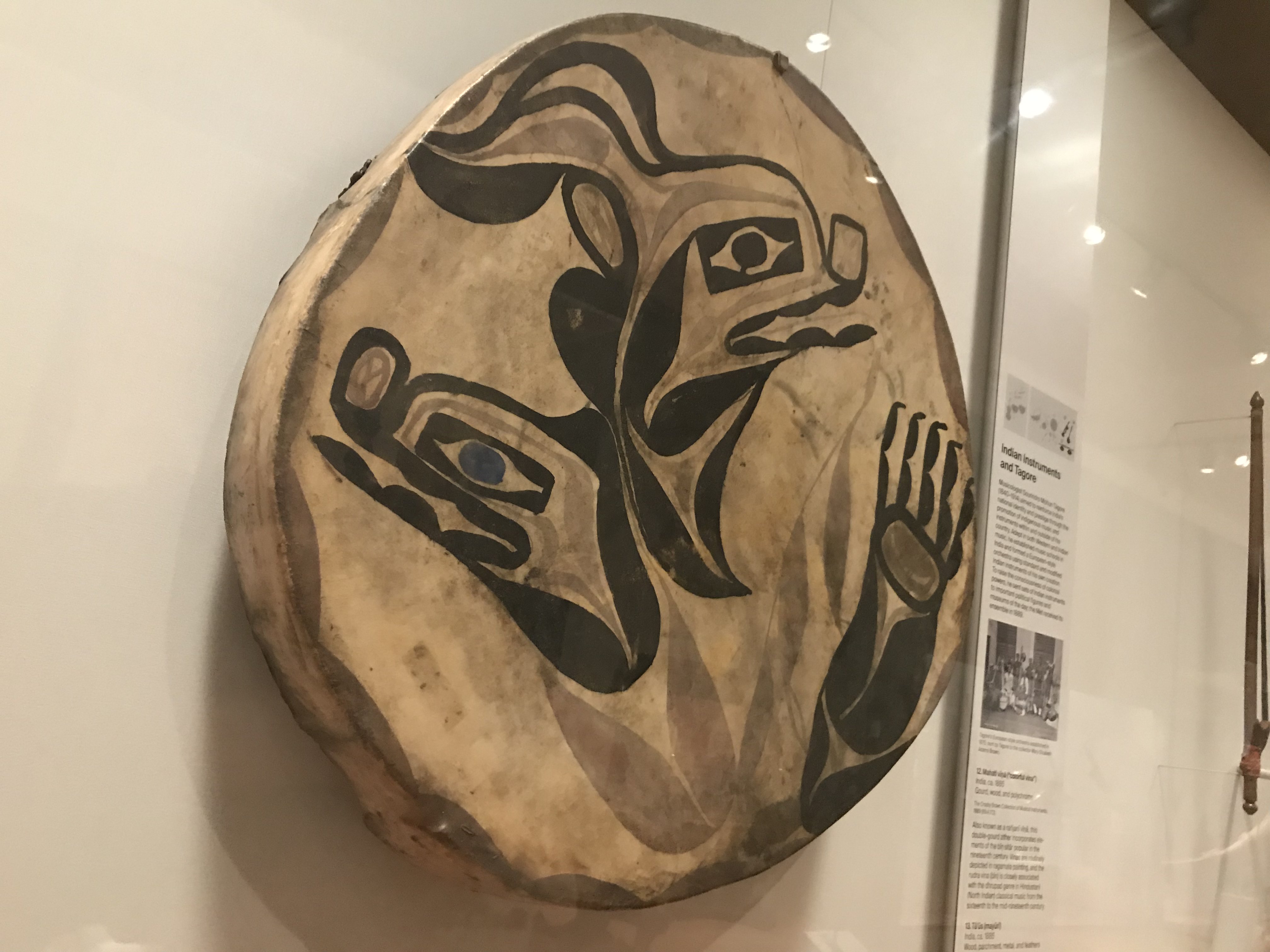
This Skidegate frame drum is made from red cedar and hide, both abundant in the northwestern United States and western Canada.
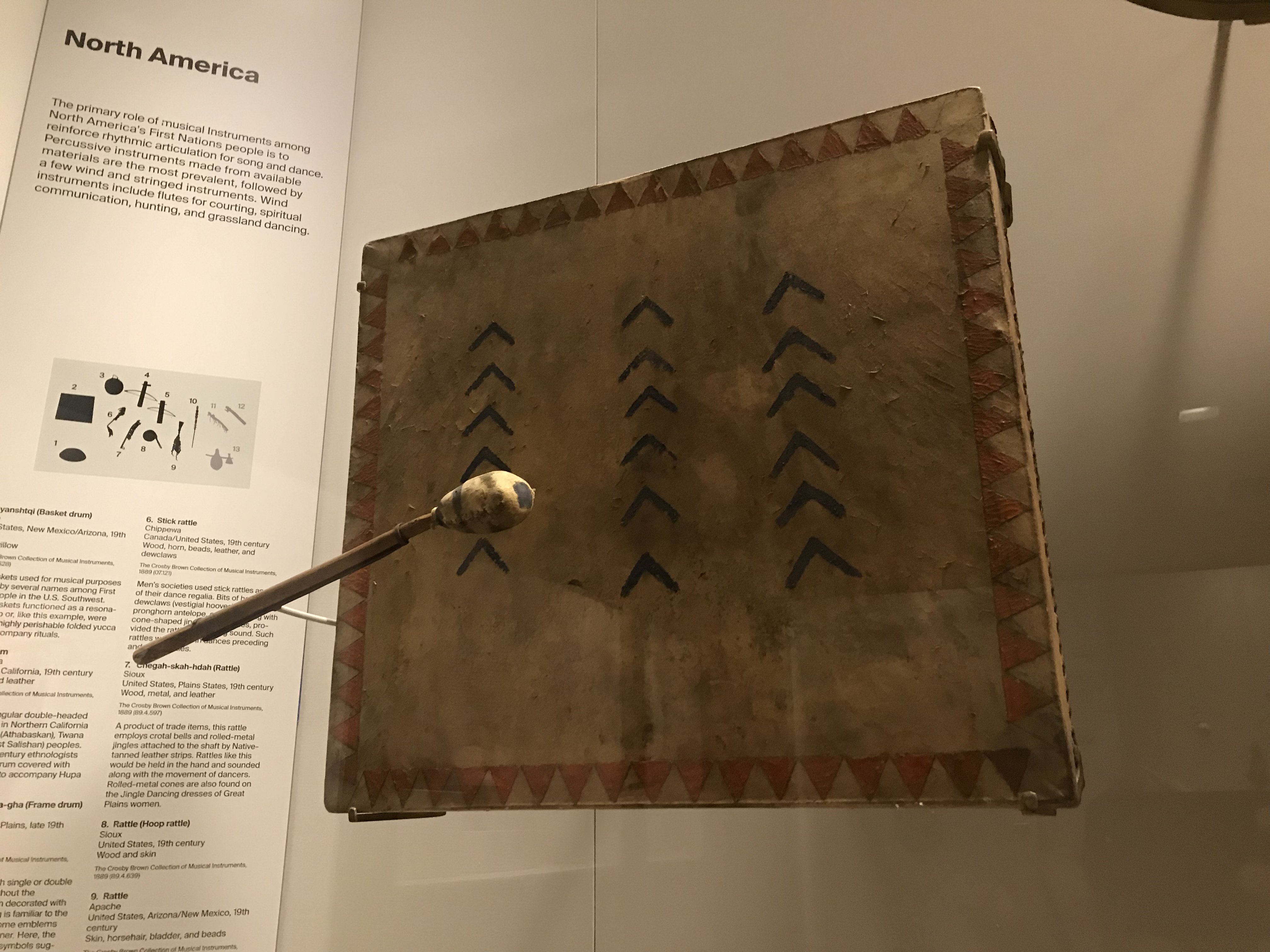
This frame drum is a double-headed leather drum used by the Hupa of northern California.
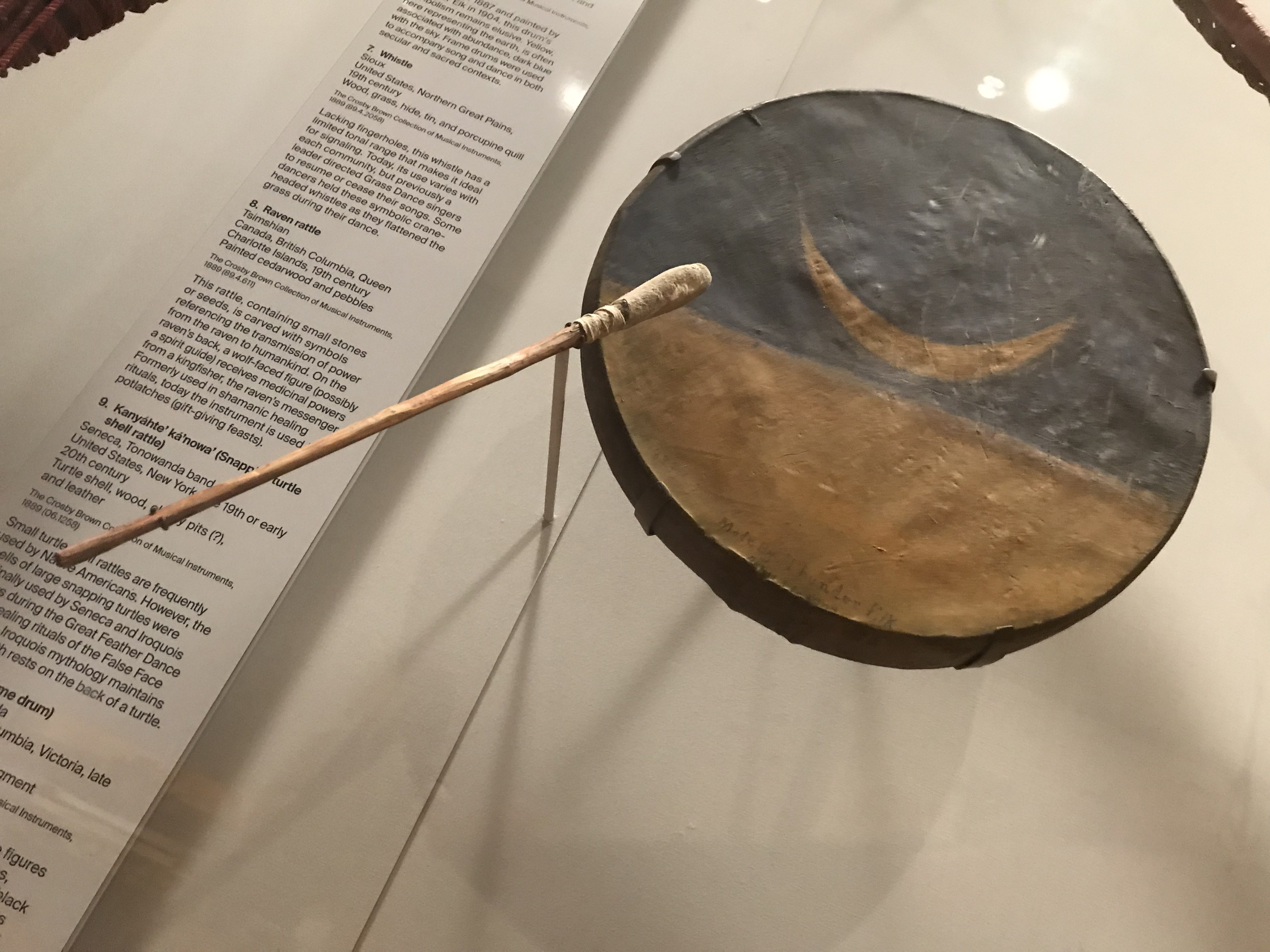
A basic Sioux wood-and-skin rattle filled with beans or other small items to create a rattling sound.
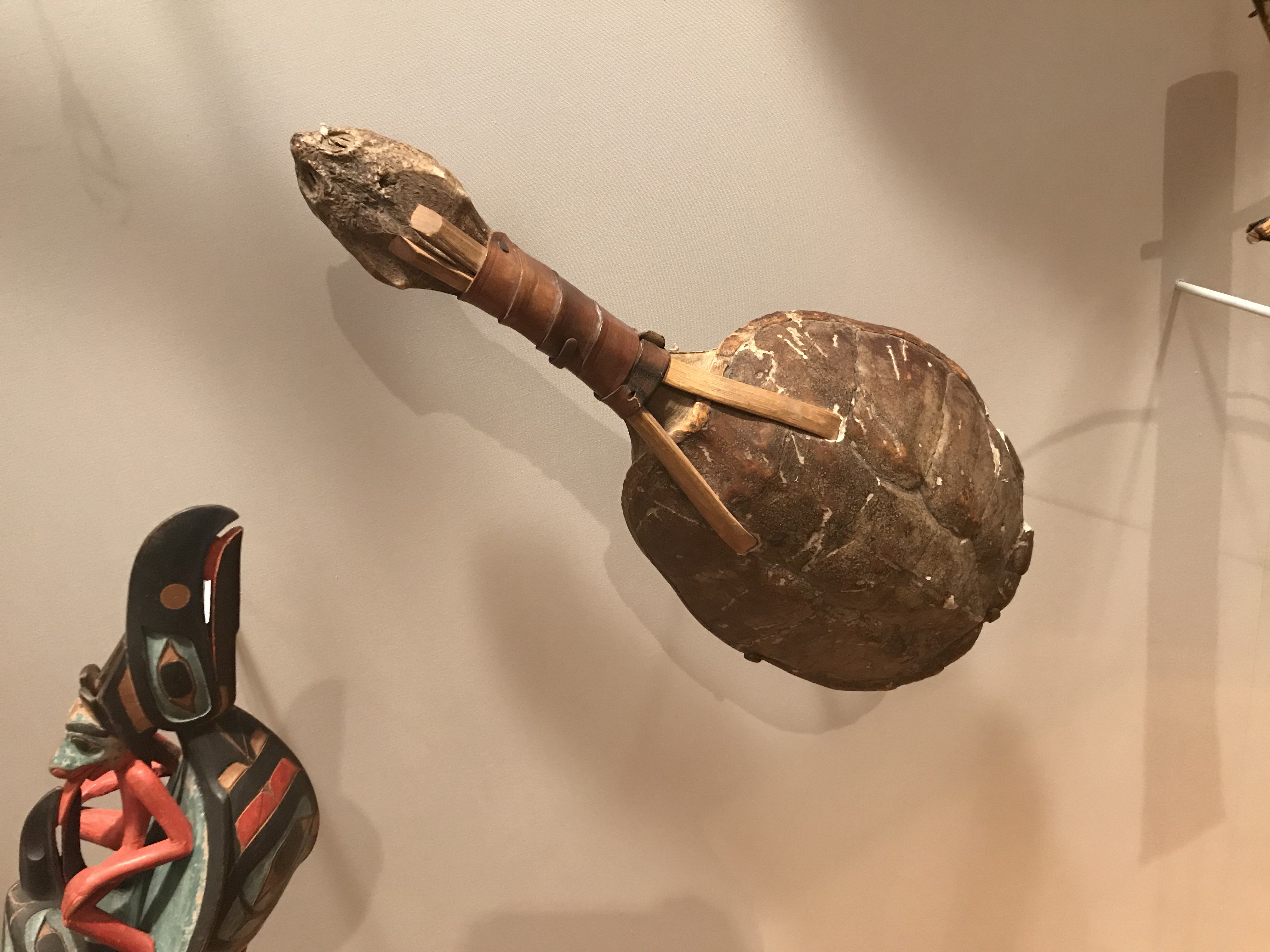
The kanyahte ka'nowa is a Seneca instrument made (obviously) from the shell of a snapping turtle, fastened together with wood and leather, and filled with cherry pits. Both the Seneca and Iroquois used these instruments in dance and healing rituals.
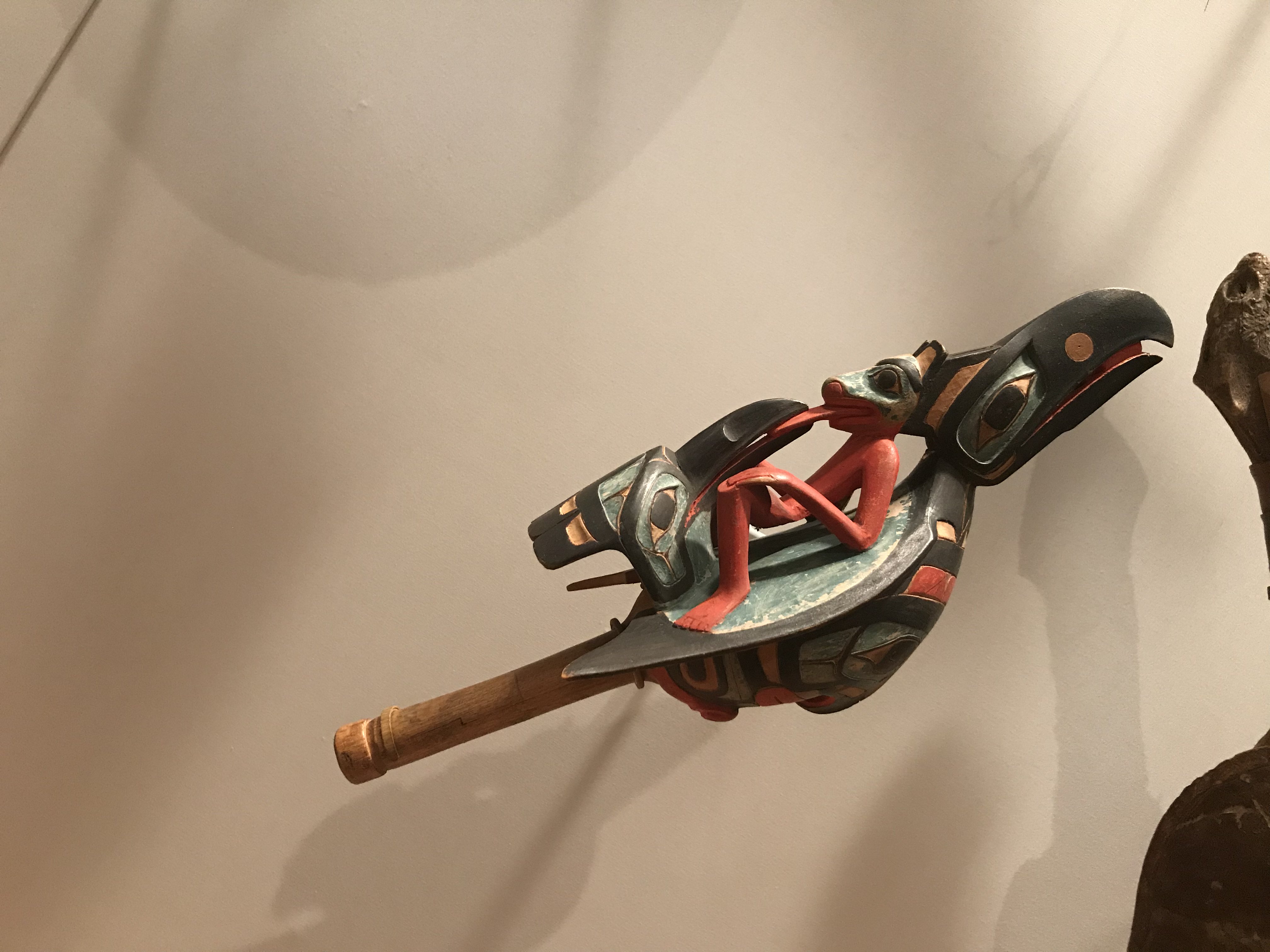
This elaborately decorated rattle is made by the Tsimshian people of western Canada. It is filled with seeds or small stones and was traditionally used for shamanic healing rituals.
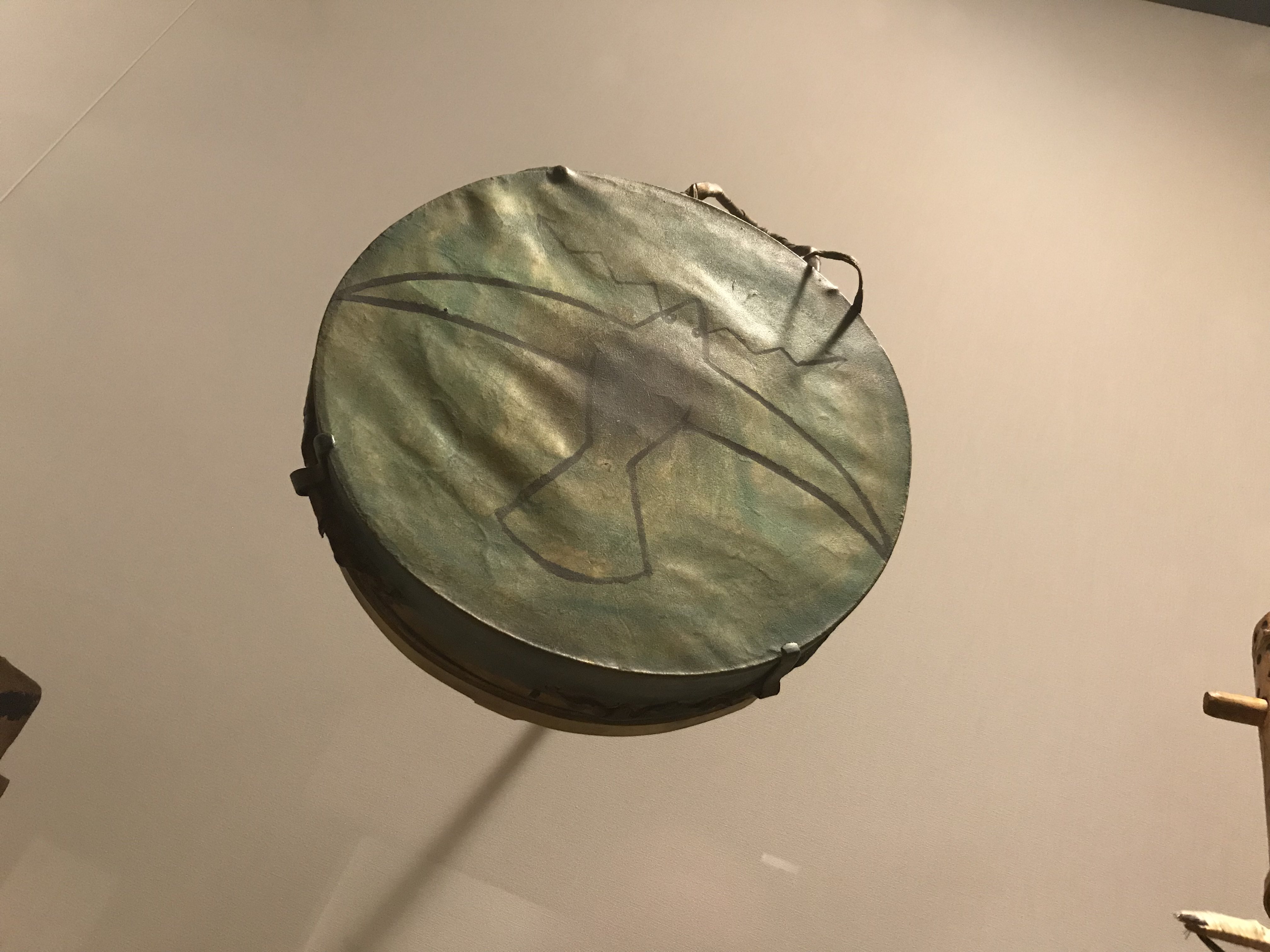
The wakan-chan-cha-gha is a Sioux frame drum from the Great Plains. Drums were often decorated with figures of animals and other culturally significant symbols.
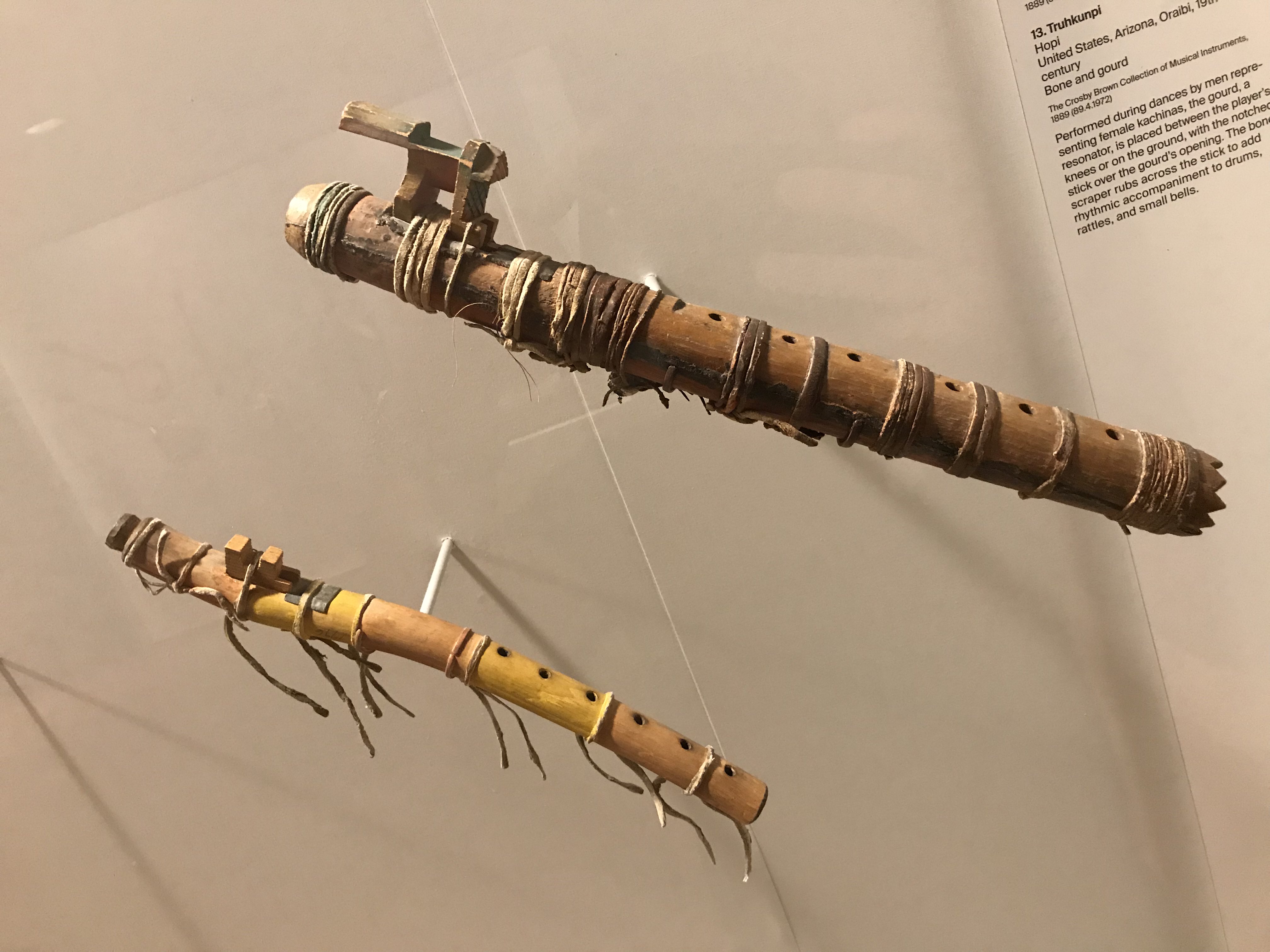
The sul is an Apache flute made from yucca wood and tanned leather. The larger siyontanka is similarly constructed and was made by the Chippewa.
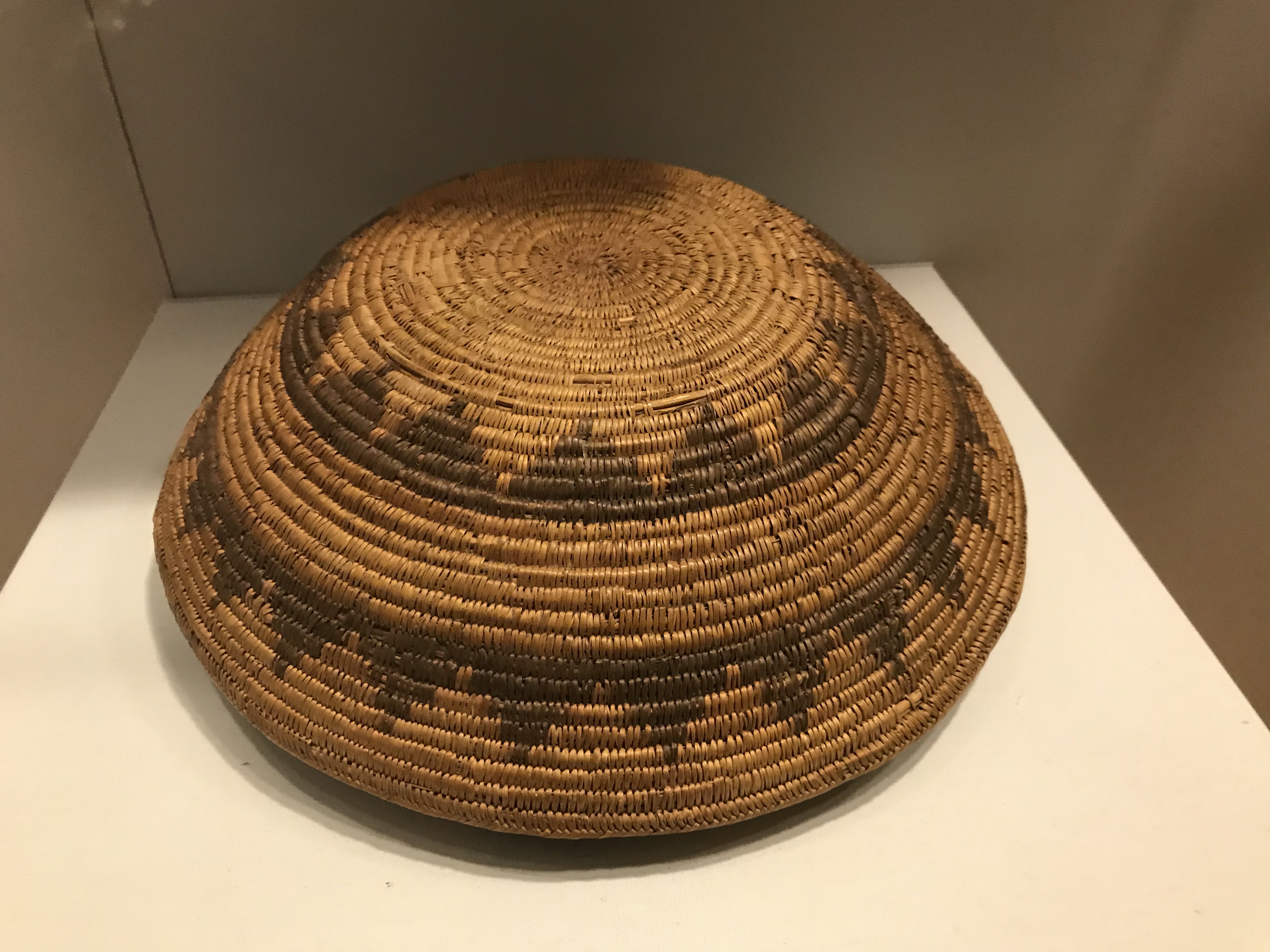
The tsa yanshtqi is a Navajo basket drum. Drums made of inverted coiled baskets were frequently used for musical purposes. This particular drum was beaten with folded yucca leaves to accompany rituals.
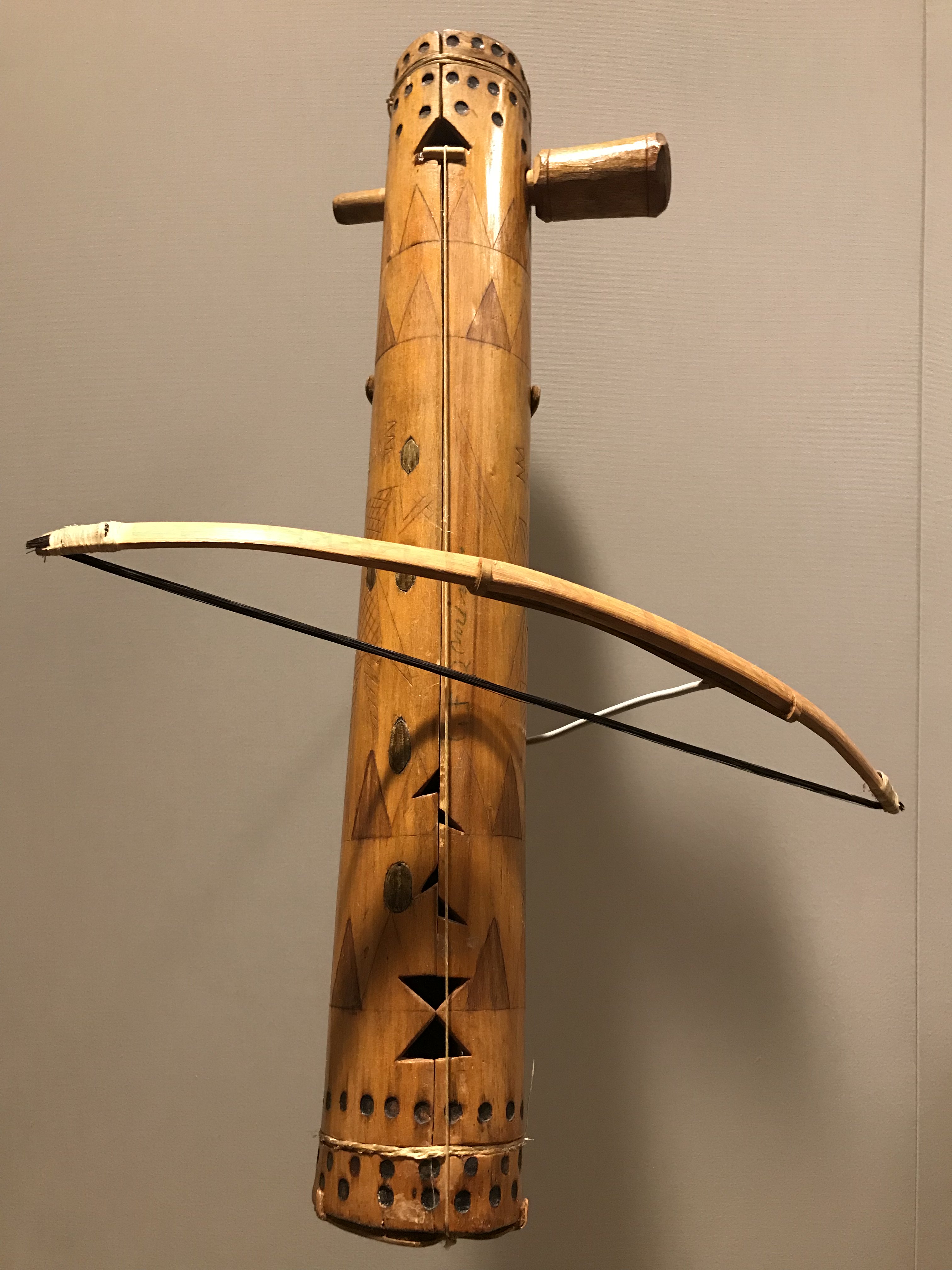
The Apache phrase "tsii'edo'a'ti" means "singing wood." The instrument is played with a bow and traditionally made of agave stem.
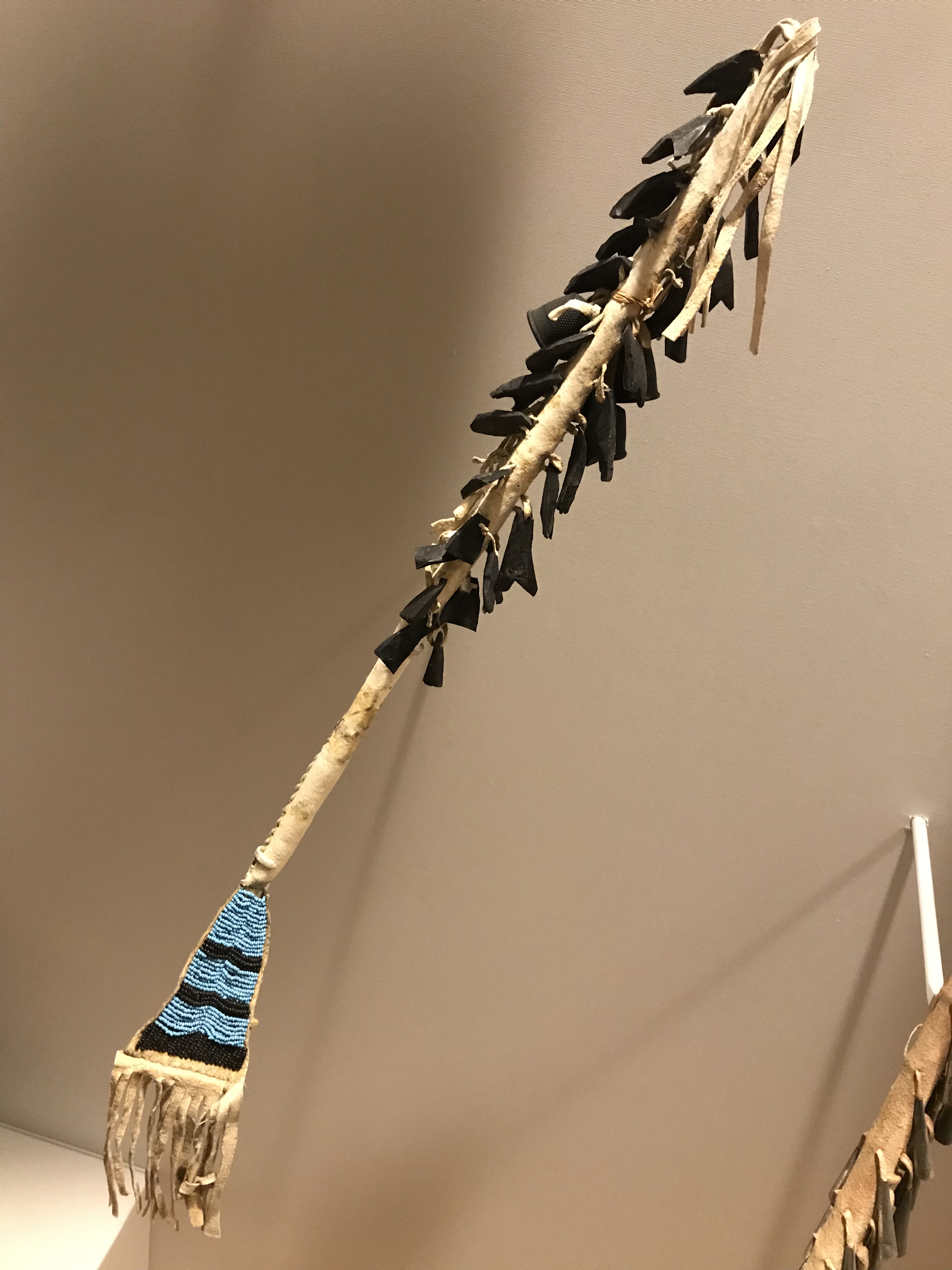
This is a Chippewa instrument that would have been used as part of men's dancing regalia. The instruments were made from the horns and hooves of deer or bison and used in dance rituals before and after battles.
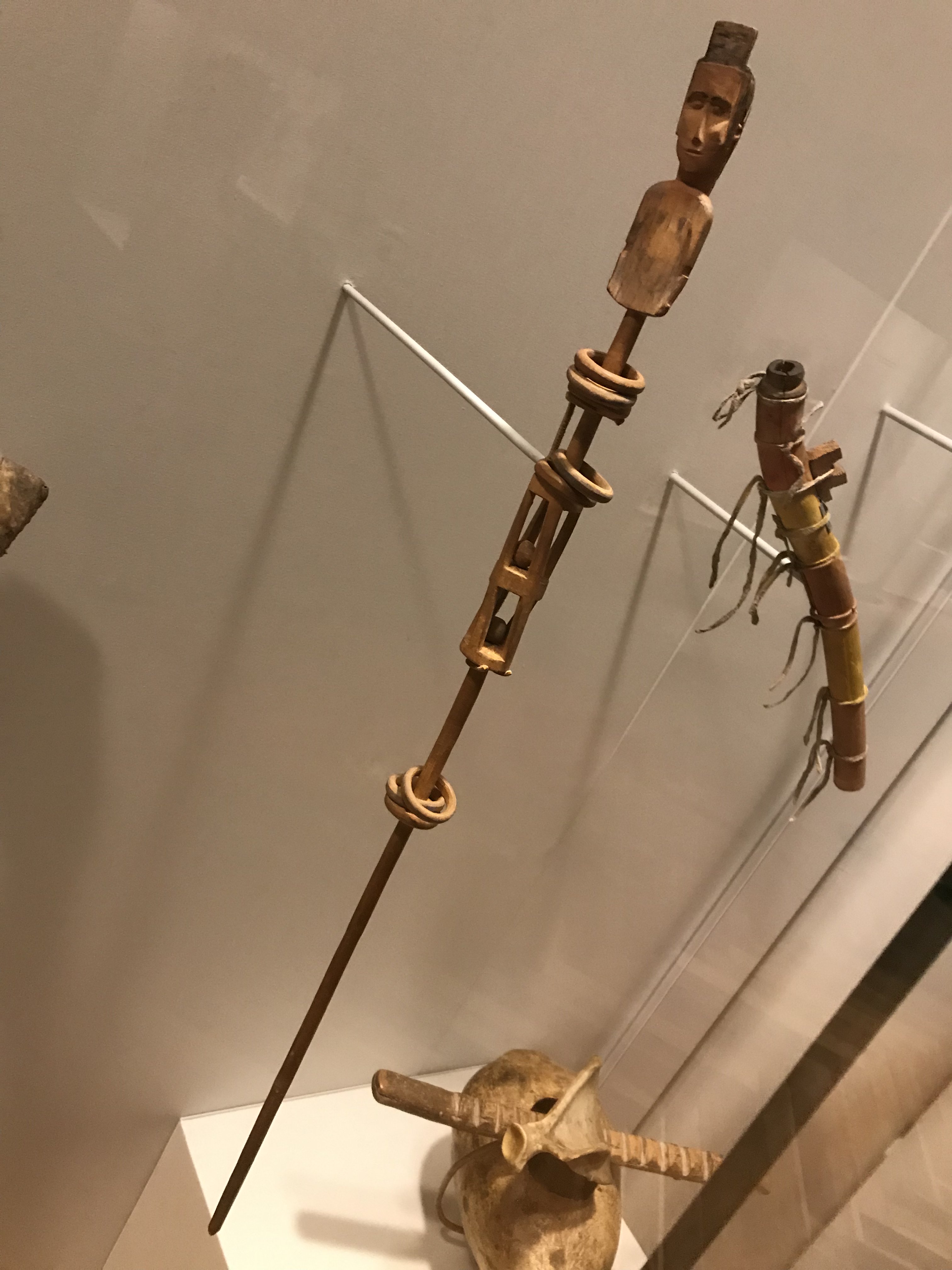
This is a Sioux instrument from the Dakotas, carved from a single block of wood and used as a dance tapper. It is carved as an enemy effigy (which is why it looks like a European/American walking stick.) The hanska-bugo-kah-ho-kah also has the coolest name of any known instrument.
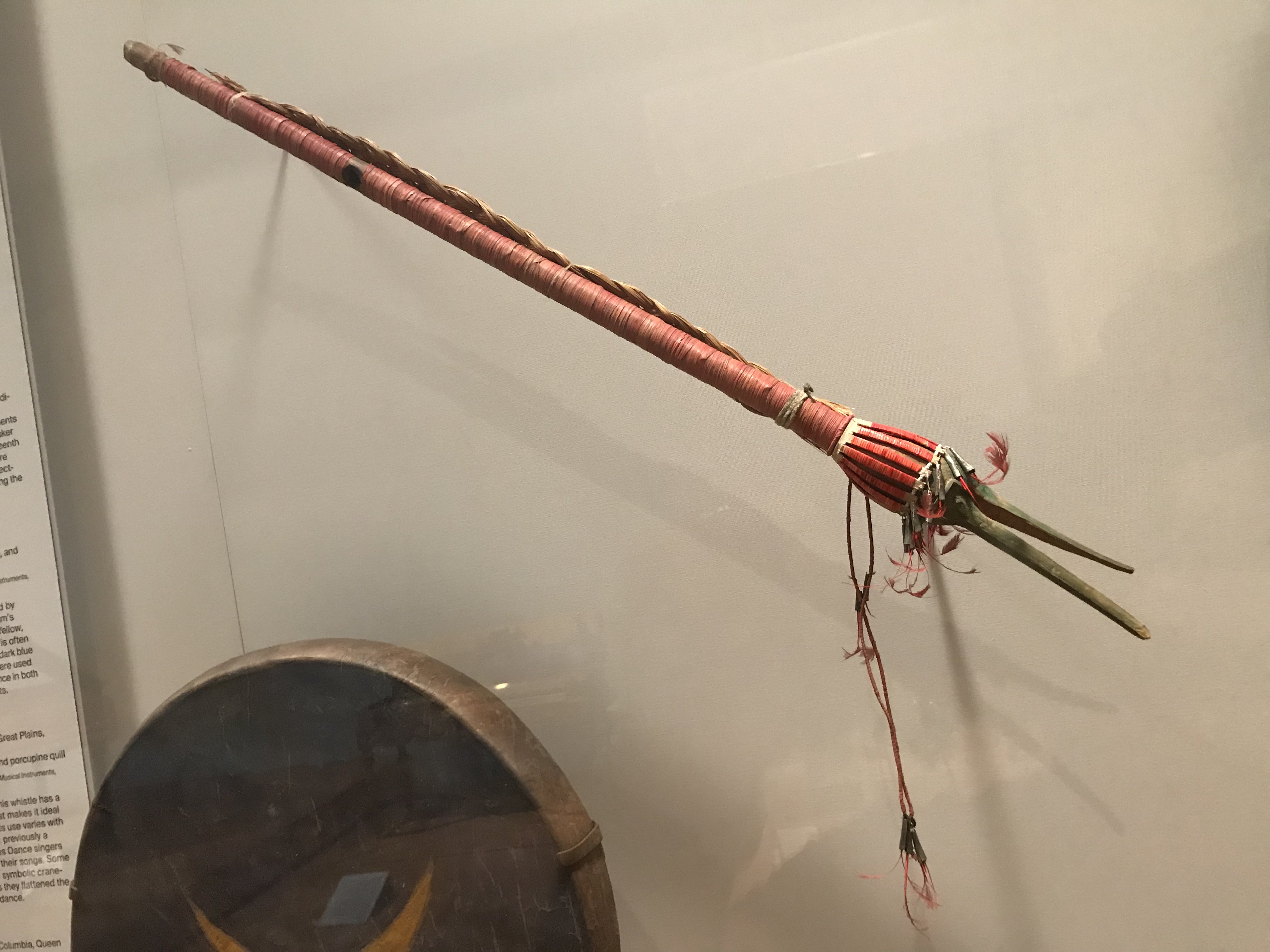
This Sioux whistle is constructed similarly to a flute, but with no finger holes, giving it a limited tonal range. It was used for simple signaling, possibly to begin and end dance rituals.